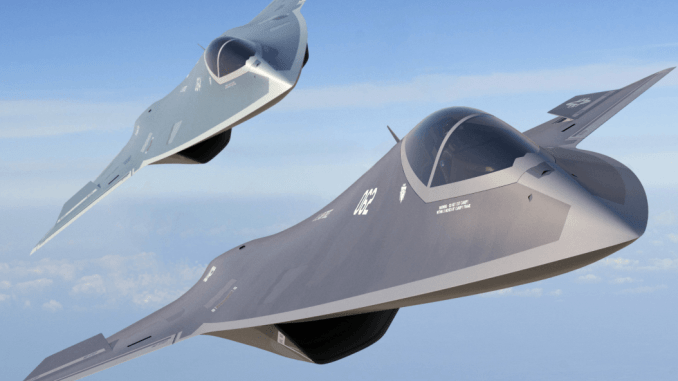The British Defence Ministry has signed a £250 million deal with Team Tempest, a group of companies working on the country’s future fighter jet, to provide digital and physical infrastructure to develop the aircraft. According to the sources, UK has begun the program’s concept and assessment phase.
According to the ministry, the latest contract is part of the government’s investment of more than £2 billion, spreading out over the next four years. The contract has been signed between the government and BAE Systems, one of the four founding members of Team Tempest, including Leonardo UK, Rolls-Royce, and MBDA UK,

Defence Secretary Ben Wallace calls this deal a “multimillion-pound investment that draws on the knowledge and skills of our U.K. industry experts.”
“Boosting our already world-leading air industry, the contract will sustain thousands of jobs across the U.K. and will ensure that the U.K. remains at the top table when it comes to combat air,” he said.
The tempest is expected to start its operation by 2035 alongside the Eurofighter Typhoon and the Lockheed Martin F-35 Lightning II Joint Strike Fighter before replacing them in the 2040s.
According to the current contract, the consortium will create tools and techniques required to develop the aircraft’s final design and capability specifications.

The sixth-generation twin-engine Tempest will have artificial intelligence, machine learning, and autonomous systems, enabling the delta wing combat jet to act as a flying command and control centre. Also, it includes surplus electrical power that will assist in carrying hypersonic missiles, control drone swarms, and run laser weapons.
“Working with our industry partners and the Ministry of Defence, we are on track to deliver an ambitious program for the UK, which will provide a highly advanced and sophisticated air defence capability, capable of countering future threats and safeguarding our national security and defence,” says Chris Boardman, Group Managing Director of BAE Systems Air Sector.

“The funding announced today marks a critical next step for the program and, with our partners, we will work together to define the technical and capability requirements and develop the concept which will bring Tempest to life.”


